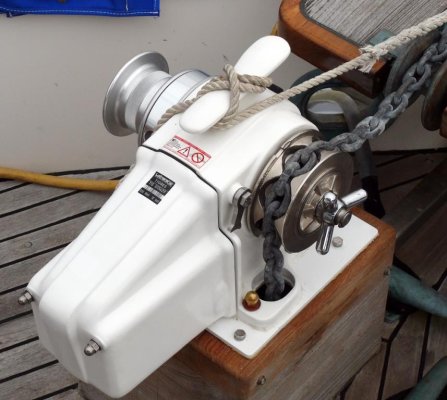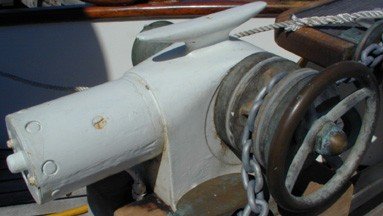Tom.B
Moderator Emeritus
- Joined
- Jul 30, 2009
- Messages
- 5,839
- Location
- USA
- Vessel Name
- Skinny Dippin'
- Vessel Make
- Navigator 4200 Classic
I am wondering about proper backing down on our anchor to get it to set properly. My question is: Should we have the snubber in place before we back down to set the anchor? That's what I assume is the correct method because it doesn't seem right to put that much strain on the windlass. However, the way our snubber is setup, to have to undo it to try and reset would be a bit (not a lot) of a pain. I wonder how much strain the windlass can take because I'd like to be able to back down without setting the snubber for just the afternoon lunch hook, etc.
We have a Y-shaped snubber that goes thru the two chocks and hooks to the two (port and starboard) bow cleats and a chain hook runs thru the roller sprit to the anchor chain. Second question: Is there and chance of damaging the sprit by backing down at half-ish throttle? (only a single Perky 135hp motor) I'm alsays a bit paranoid I am going to yank the sprit off, so I might not be setting the anchor as well as I could/should.
Here is a picture of our anchor tackle:

Thanks!
Tom-
We have a Y-shaped snubber that goes thru the two chocks and hooks to the two (port and starboard) bow cleats and a chain hook runs thru the roller sprit to the anchor chain. Second question: Is there and chance of damaging the sprit by backing down at half-ish throttle? (only a single Perky 135hp motor) I'm alsays a bit paranoid I am going to yank the sprit off, so I might not be setting the anchor as well as I could/should.
Here is a picture of our anchor tackle:

Thanks!
Tom-





